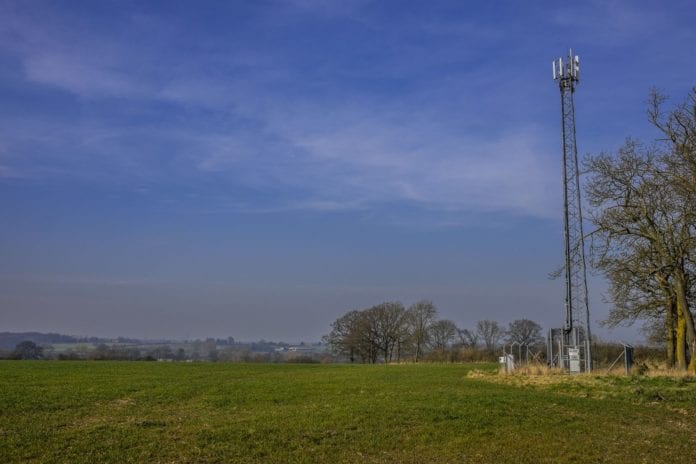FORT WORTH, Tex.–New options for utilizing unlicensed spectrum in cellular networks present some opportunities for smaller carriers to experiment with boosting their coverage and capacity, according to representatives from Nokia, Ericsson and T-Mobile US.
Steve Sharkey, T-Mobile US’ VP for government affairs, technology and engineering policy, noted that T-Mobile US has long used Wi-Fi as a strategy to supplement its network coverage and capacity in areas where its cellular network wasn’t as strong. Now, the carrier is in the midst of starting deployments of LTE in unlicensed: both the proprietary LTE-U version and License-Assisted Access During a panel at last week’s Competitive Carriers Association Conference, Sharkey said that controversial LTE-U is expected to fade away in favor of LAA. For small carriers seeking to get the most life out of their LTE deployments while also avoiding expensive and hard-to-come-by spectrum purchases, LAA at 5 GHz represents an option to explore.
Another possibility for leveraging unlicensed spectrum lies at 3.5 GHz or the Citizens Broadband Radio Service spectrum, which is being offered in the U.S. under a three-tiered framework that includes protection for incumbent naval radar systems, prioritized licensed access, and unlicensed access. The rules for the 3.5 GHz spectrum haven’t been finalized. In fact, the Federal Communications Commission last week asked the industry to weigh in on potential rule changes that could benefit national carriers, such as possibly making the geographic areas covered by Priority Access Licenses larger. The term of PALs may also be extended to up to 10 years.
Jeff Bankston, sales director for TDS Telecom at Nokia, said that his company is seeing interest from both wireline and wireless providers to potentially utilize CBRS, as an alternative to neutral-host distributed antenna systems in stadiums or as an offload strategy to help deal with network congestion that even rural and regional operators must navigate. The business case in an indoors environment can get tricky, said Paul Challoner, head of network product solutions for Ericsson North America, because if building owners begin to take on the cost of building out 3.5 GHz systems for cellular coverage or private networks (rather than trying to convince national or local carriers to do it) but still want to be able to access a mobile network as well, some creativity is going to be needed in payment arrangements to make that scenario work for both sides.
Fixed wireless access using licensed or unlicensed bands, or a combination of the two, may be a economical way for smaller carriers to expand their reach as well, Bankston noted, without the high cost of fiber to the premise. The rural business case in particular may make sense due to the potential of subsidizing build-out costs by tapping into the Connect America Fund II, he added.
Image copyright: davidmartyn / 123RF Stock Photo

